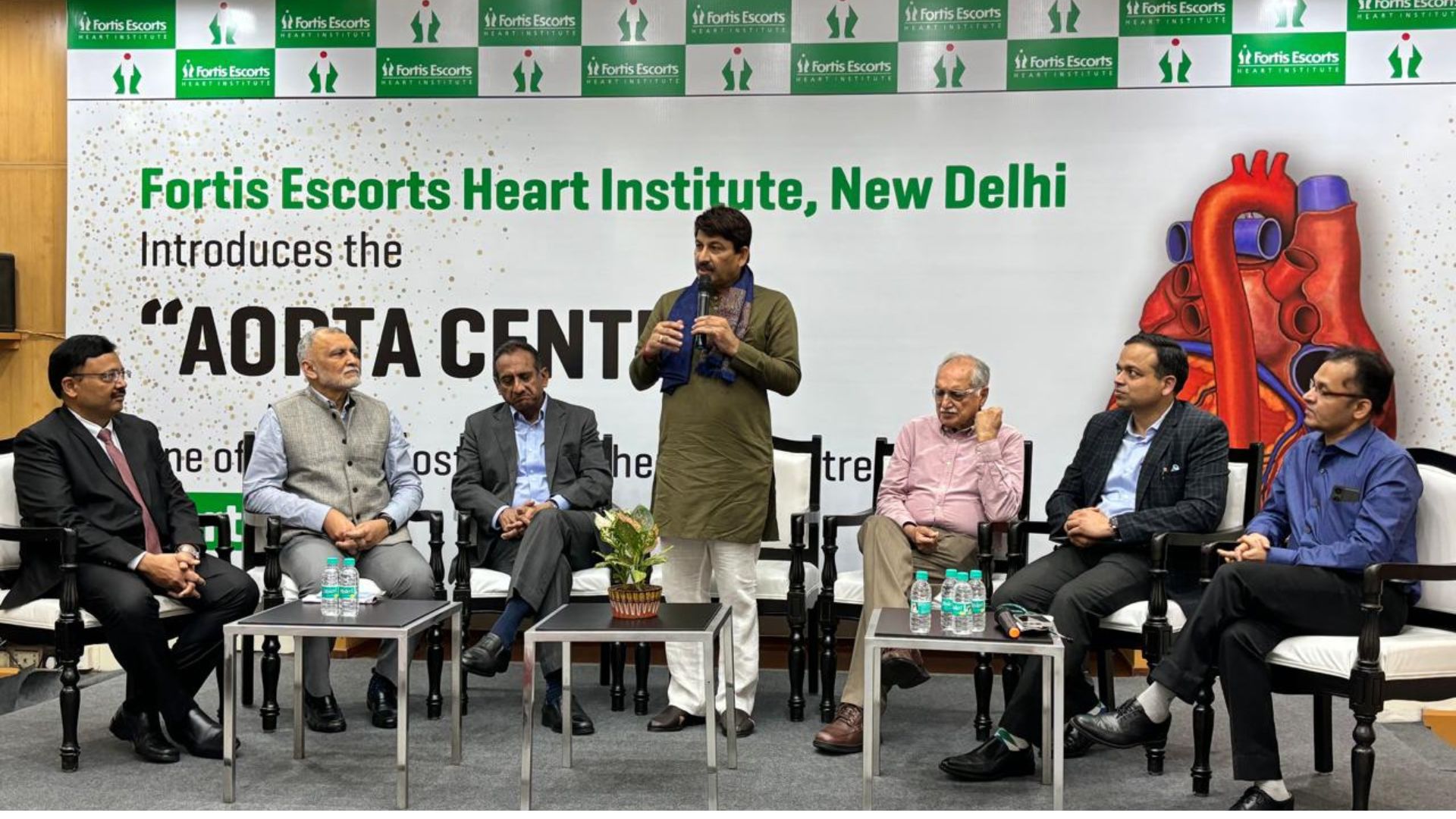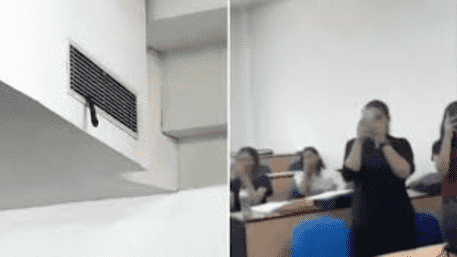
Tobacco has been used since time immemorial as a stress reliever, giving a feel-good factor. People from all strata of society, from rural to urban, enjoy it. Once considered stylish by the well-heeled, tobacco, besides being a major source of employment in many countries, including India, and a significant revenue generator for successive governments, has come into disrepute.
However, more recently, on account of possible deleterious effects on human health, tax disincentives, higher price, age bars, all manner of pre-conditions, and packet warnings have been persuasive mainstays to discourage the use. These have raised awareness and lowered consumption, but have played a limited role in weaning away accustomed users who enjoy the feeling of well-being that follows consumption. Surprisingly, realising that bans are ineffective, regulators, while placing deterrents, have left the door open, giving adequate room to individuals to make wise choices that impact health.
Meanwhile, a smorgasbord of nicotine replacement options has gained currency to aid and overcome tobacco addiction in a calibrated manner. These include single or combinations of short-acting nicotine replacement products like nicotine gum, lozenges, nasal sprays or inhalers to help overcome intense cravings. These, along with long-acting nicotine patches or non-nicotine drugs that aid cessation, are proving useful in smoking avoidance.
Serious efforts have also been made with significant progress, particularly through selective elimination or reduction of harmful substances found in tobacco smoke. The concept involves the combustion of tobacco at low heat, which minimises tar and heavier by-products that are significantly harmful. This lowers the intake of damaging substances, but mimics and evokes the familiarity of satisfaction with much less harmful to health.
Numerous studies for decades have proven that the real solutions are less harmful products. Empirical evidence alongside human preferences, is moving the system forward towards safer alternatives that progressively wean away users from harmful consumption. Psychologically, the users of tobacco are likely to accept devices that reduce harm while mimicking the pleasure they derive from smoking.
Experts, including the US Surgeon General and the UK Royal College of Physicians, concur that nicotine, though addictive, is not the primary contributor to lung cancer, cardiovascular disease and emphysema. Instead, these are caused by inhaling the harmful compounds formed when tobacco is burned. The UK Royal College of Physicians is on record saying, “Nicotine is not in itself a highly hazardous drug. It is inherently unlikely that nicotine inhalation itself contributes significantly to the mortality or morbidity caused by smoking.
The main culprit is smoke, and if nicotine could be delivered effectively and acceptably to smokers without smoke, most if not all of the harm of smoking could probably be minimised.”
With this in view and as a matter of practicality to gain reduction in consumption, regulators in several countries particularly those that are well geared to challenge anomalies, notably in the US, the UK and Germany as well as in Japan, have taken an enlightened view to allow and not ban the use of such devices that reduce the deleterious impact of smoking.
There is a commonly held view that such devices can help the process of de-addiction through a gradual weaning process, and more so if they do not encourage new users.
There is a case study to cite–as early as July 2020, the US Food and Drug Administration (FDA) authorised a “Tobacco Heating System” as a modified risk tobacco product (MRTP). This marks the second set of products to be authorized as MRTPs and the first tobacco products to receive “exposure modification” orders, which allow the marketing of a product as containing a reduced exposure to a substance or as being free of a substance when the issuance of the order is expected to benefit the health of the population.
This authorization has been done with a safety clause to conduct post-market surveillance and studies to determine whether the MRTP orders continue to be appropriate, including assessing the potential for increased use among youth.
In the aftermath of the FDA authorization and during the intervening period, these products have vindicated their utility with positives far outweighing negative concerns. In the light of compelling information and rationale in favour of relatively benign smoking options that are now available and are being further improved upon, India too, would, do well to review its position on MRTPs, allowing a window for them to prove their utility on local turf.
Dr Rajeev Sood, Prof and Head, Urology, Dr RML
Hospital, New Delhi.















